3 Big Housing Decisions You May Face
4/19/2021
Housing decisions are never small. Where you choose to live impacts your budget, your job prospects and your social life.
And in the future, your home plays a major role in what your retirement might look like (financially and logistically). For these reasons, housing decisions require plenty of careful consideration. Want to be prepared to make the right choice when the time comes? Start here. 1. Should you build or buy? Both building a new home or buying an existing one can be good choices. You’ll typically pay more for a new home, but it will likely need fewer repairs and have lower maintenance costs. Existing homes, on the other hand, are usually cheaper upfront. They may come with more issues and potential repairs, though. 2. Is it better to move or to remodel? There will typically come a time when you outgrow your first house. When this happens, you’ll need to decide whether updating (or expanding) that property is best or if you’re better off finding a new home instead. Renovating will come with some hassle and mess, but if you love your location or your kids’ schools, it can be a smart choice. Buying a new property would allow you to change some of those foundational aspects — things like location, school district and community amenities. 3. Is it time to downsize? As you age and your kids move out, you might consider a smaller house. Downsizing can reduce your monthly costs, free up cash flow and reduce the amount of cleaning and maintenance you need to do. On the other hand, it may be hard to part with your long-standing home — both for you and your grown children. You’ll also want to think about things like your budget, long-term retirement plans, physical comfort and more. Need help making a big housing decision? We’re here for you. Get in touch today to discuss your options.
1 Comment
Making the right offer is crucial when you have your eye on a home.
Offer too little, and you may get passed over for the next buyer. Offer too much, and you may need to reevaluate your budget for furnishings or upgrades. This can be one of the most challenging parts of buying a new property. Want to make sure you have a strong offer at a price you can afford? Here’s when you might offer above, below and at the listing price.
Ready for a new home (and don't want to overspend)? Reach out today, and we can begin looking for a property that's perfect for you and your family. How Paint Color Can Enhance Your Mood
1/27/2021
Your paint choices have a significant impact on your home.
Not only can color determine your living space's overall aesthetic, but it can also influence your mood and set the right tone for your guests. Do you want your space to feel comfy and serene or trendy and dramatic? Or maybe your family's style is somewhere in between. Here are five color inspirations that can enhance your mood and your home.
5 Ways to Build More Equity in Your Home
1/25/2021
Equity — or the share of your property you actually own — is a benefit to any homeowner. For one, it means more profits when it’s time to sell. On top of that, it can also give you cash when you need it — either through a refinance or home equity loan.
Fortunately, building equity can be easy. Every month you increase your home equity by making your mortgage payment. If you want to build your equity even further, there are several ways to do it, including:
Do you have questions about home equity? Or are you planning to buy or sell property this year? Reach out today. Must-Have Amenities for a Healthier Home
1/24/2021
If your New Year’s resolution is to improve your health and wellness, your home can inspire you to do it. In fact, your living space plays a significant role in your overall well-being.
A room dedicated to workouts can motivate you to reach your goals. And healthy, clean air and elements inspired by nature can make your home feel more open and calming. Are you hoping to make some improvements in 2021? Check out these five home amenities.
If your current property doesn’t inspire wellness, get in touch today. Together, we’ll find a home that better fits your goals. Is the highest bid the best bid?
1/19/2021
An offer on your home moves you one step closer to the finish line in the selling process. And if you’re lucky, you’ll receive multiple offers from a range of bidders.
The highest bid is the obvious choice, right? Not necessarily. Here’s what to consider before moving forward on an offer: Focus on your priorities. Take this step early, before any offers roll in. Make a list of what’s most important to you in the sale of your home, like a tight moving deadline or your financial needs. Are there any requests that would make an offer a deal breaker for you? Review the contingencies. Now that you’ve established your top priorities, determine your bidders’ conditions for the sale. Common contingencies for potential buyers include a property appraisal and a home inspection. Compare earnest money amounts. People who are interested in purchasing your home need to show you that their offer is made in good faith. An earnest money deposit proves the buyer is serious about the transaction. The more money they put into the deposit, the more likely they are to be able to back it up with financing. Be aware of unusual requests. A bidder could ask you to make unnecessary repairs or leave all your appliances in the home for them. Their offer might be high, but if something unusual interferes with your top priorities, it might be best to move on to another option. Together, we’ll carefully read over their requests and discuss any questions or concerns you may have. Are you ready to get a great offer on your home? Get in touch today. 5 Countertops That Are Worth the Upgrade
11/10/2020
Updating your kitchen can be a smart way to increase your home's worth. In fact, Remodeling Magazine named a minor kitchen renovation one of the best projects to take on this year — and upgrading your countertops is a good place to start. The right countertop can add aesthetic and resale value to your home and improve your space's functionality. Which of these five materials do you like best? Quartz: These countertops are low maintenance and nonporous, meaning they won't soak up moisture or hold bacteria. Quartz is also quite popular and may attract more buyers to your home when it comes time to sell. Soapstone: This rare material is trending among home designers. Its unique aesthetic can add effortless style to your space, but it'll come with a hefty price tag. Granite: A classic style, granite offers a great look, as well as a scratch- and heat-resistant surface. It's one of the more expensive countertops, and it needs regular resealing to stay in top condition. Solid Surface: These countertops are a mixture of manmade materials and resins, making them easy to keep clean. Solid surface comes in all sorts of colors and tends to resemble granite — minus the high cost. Eco-Friendly: Upcycled wood and recycled glass are two options in this category. The cost will depend on where you source your materials, but you'll be minimizing your environmental footprint and getting a one-of-a-kind countertop in the process. Simple cosmetic changes to your kitchen can make a big difference. Get in touch today for more tips on upping the resale value of your home.
Set up an at-home school zone that will ensure your child has the best remote learning experience possible. By Jenn Ryan Back to School Redefined 1/13 When the Covid 19 pandemic struck earlier this year, school systems and parents scrambled to put remote learning in place for the nation’s children. Now, with at-home learning still a required option at many schools—and many parents considering it safer for their family—it’s time to gear up for another semester of remote education. Fortunately, with a bit of planning and thought, you can create the best possible environment for kids of any age to do schoolwork and have fun. Some children naturally flourish with at-home learning and others are more easily distracted, but all will benefit from a designated learn-from-home space. Carving out such an area from your limited floor plan and making it conducive to concentration, imagination, and exploration is doable. Just employ these tips from teachers, child and school psychologists, art therapists, counselors, and instructional coaches and it will be, well, maybe not as easy as A-B-C but certainly not as challenging as trigonometry! Photo: istockphoto.com Create a Separate Learning Area 2/13 Children often work best when they have the structure of a separate area that they associate with school time. While little ones often prefer to be near their parents and may require more flexible learning spaces (such as a kitchen island or coffee table), older children may do well working at a desk in their room. If space is tight, consider a folding table or even a lap desk as a workstation for your child. The area should be quiet, clean, and unless your child is watching a specific program for class, keep the TV off. Photo: istockphoto.com Get Your Children’s Input 3/13 When designing a learn-from-home space, involve your kids to create a personalized area just for them. By allowing your child to play a role in the space, you’ll help generate positivity and excitement around their new learning zone. Have your child pick out some personal elements for the space while keeping it functional and uncluttered. So while fairy lights, for example, can add a sparkly sense of fun, don’t permit a distracting menagerie of stuffed animals on the desk. Photo: istockphoto.com Decorate to Educate 4/13 Visual stimuli can be very encouraging to students, so think about what adorned your child’s classroom at your last in-person parent-teacher conference and go from there. Educational decor is key: Large, brightly colored numbers and letters are great for little ones learning to read and count, while maps, poems, inspirational quotes, or pictures of role models (Einstein, anyone?) can engage older kids. But have fun with it, too: Superhero imagery, for instance, can remind kids that they can be and do anything. And to help kids master time management, include visual aids like a calendar, a schedule, and a daily task list. Photo: istockphoto.com Take It Outside 5/13 Many schools have developed outdoor classrooms as a safer environment during the pandemic, but fresh air has other benefits beyond reducing the risk of infection. Spending time in the great outdoors can help relieve stress, restore attention, and improve creativity, so take the lessons to a patio table or set up a canopy tent. You needn’t restrict the learning to that limited area, however. Being outdoors is conducive to exploration of animal and insect species, ecosystems, plants, geology, and more. Kids will not only get excited about enjoying nature time, they’ll return to indoor studies feeling more refreshed and focused. Photo: istockphoto.com Learn by Natural Light 6/13 Natural light has documented benefits for increasing concentration in educational environments. It also supports your children’s circadian rhythm—the internal “body clock” that will keep them on a healthy schedule, getting most of their work done earlier in the day and getting sleepy in the evening. Try setting up your child’s learning space near a window or skylight to support concentration and creativity. Just avoid windows that look out onto streets with heavy traffic, which could be a distraction. Photo: istockphoto.com "Do I Have to Separate You?" 7/13 The correct answer is often yes! While older kids can help younger siblings grasp concepts, and those of similar age can quiz each other, the school day shouldn’t devolve into a giggle-fest or sibling squabble. If you have more than one child learning at home, consider separate work spaces—which needn’t be in a separate room: How about a countertop for one child and a folding table for another on the opposite side of the kitchen. Room dividers like folding screens and bookcases are excellent at sculpting space. You can even plunk a stack of books between two kids at the dining table. Also remember that children can study in shifts; while one is taking a break, another can focus on challenging subjects in a separate spot. Photo: istockphoto.com Make Them Comfortable 8/13 Children need a comfortable seat if they’re going to sit still and focus for extended periods. Comfort, however, doesn’t mean so cozy that they’ll goof off or take a nap. Consider investing in an ergonomic chair or postural reminders for older children, which can prompt them to check their posture and correct it if necessary. You can’t expand your mind if your body is cramped, so ensure your child’s study space is at least 24 to 36 inches by 18 to 24 inches for a small child; older kids will likely need a minimum of 36 to 48 inches. Also encourage kids to leave their seat and get active at “recess”—stretching, walking, practicing a sports skill. Photo: istockphoto.com Keep It Clutter-Free 9/13 Why be tied down to an old-school idea of a desk! Any flat surface can function fine—just look at these great DIY ideas. What matters most is that the workstation is tidy, so start each morning with a clean slate except for what’s needed for that day’s lessons: schoolbooks, notebooks, computer/tablet, writing utensils, and other pertinent supplies. Include some sort of storage nearby—such as cubbies, totes, even shoeboxes your children decorate themselves—so they can put supplies away when they complete a task or project. Serve lunch and snacks in a different area so wrappers and dishes don’t accumulate. Photo: istockphoto.com Establish a Schedule and Rules 10/13 If your children are going to learn at home, they must know what’s expected of them throughout the day. Discuss with your kids the importance of a set schedule, task list (adjusted daily if necessary), and, yes, rules. Post these prominently in their learning space as a reminder. Be sure to include breaks in the schedule for exercise, rest, eating, and play. Photo: istockphoto.com Remember Each Child Is Different 11/13 Schedules are important, but don’t expect every child to adhere to the same one. While Abigail might accomplish a lot at her desk in her bedroom, Matt might feel drawn to his stuff and need a less distracting space, like the dining room. They also may need breaks at different times. Once Matt settles down he can focus for 45 minutes, but Abigail might need a break every 25 minutes. What successful learning looks like for one child won’t be the same for another, so be flexible and open-minded as you learn how each child learns, and support their different styles accordingly. Photo: istockphoto.com Don’t Center Around a Screen 12/13 Research shows that too much screen time can have negative effects on developing children. According to the American Academy of Pediatrics, children aged two to five should only have one hour a day of screen time (children under two should have very minimal or no screen time), yet recommendations for teens aren’t much higher at a suggested two hours on a school day. However, with remote learning, these numbers can be unrealistic, as screens are necessary for many virtual learning tasks. So while your child will likely need some screen time during the school day, don’t center the learning space solely around a computer or tablet. Set limits by scheduling regular screen breaks for children every hour, and periodically check in to be sure they’re on task. And kids should have at their disposal a sketchbook or notebook, colored pencils, and other supplies. Photo: istockphoto.com Study Hall 13/13 With some creativity and flexibility, you can create the right environment at home for a successful school year.
Photo: bobvila.com Don't Miss!Clever project ideas and step-by-step tutorials delivered right to your inbox each and every Saturday morning--sign up today for the Weekend DIY Club newsletter! An Easy Guide to Virtual Home Tours
10/29/2020
Virtual home tours have quickly become the new norm. Sellers and agents now rely on digital tools, and many are skipping the traditional open house and opting for tours via video platforms.
But for buyers, there’s more uncertainty. Can you really judge a home from a screen? Surprisingly, you can — as long as you prepare. Are you gearing up for a home search? Want to make the most of your virtual tours? Download the app. Will the tour be livestreamed on social media? Or will you need to log in to a new platform? Install the right app and do a practice run with a friend. Research the home. Go beyond the listing description. Look at every photo, drive by in your car, explore the neighborhood and pull up property records. Reach out if you're unsure how to find this info. Get the floor plan. Print the home’s floor plan and keep it on hand during the tour. This will help you understand where you’re at in the house (and gauge the size of each room) as you move through the property. Pay attention to details. Ask to see areas the agent hasn’t shown. How big are the closets? What’s the view outside the windows? You can even ask to walk around the yard or up the street virtually. Write down questions. If your tour is one-on-one and in real time, you can ask questions as you go. If it’s a group open house or a prerecorded video, you’ll want to write down your questions, then we can discuss them together. Adapting to the changing market is easier when you have a partner in your corner. Ready to make your next move? Get in touch today. 5 Ways to Prepare to Buy or Sell Later
8/18/2020
Summer is usually the perfect time to buy or sell a home. And for some people, it still is. After all, there are few things more welcoming than warm weather and fresh flowers blooming in the front yard.
But maybe you're waiting to enter the market. That’s okay too. There are plenty of ways you can use this time to your advantage. If you’re considering buying or selling later this year or next, here are five things you can do in the meantime. Get your finances in order. Take stock of your accounts, assets and debts, and pull your free credit report. Make sure you’re in good standing to qualify for a loan and make a down payment. Watch the market. Keep an eye on local home sales where you’re considering buying. This can give you an idea of what you might spend on a home — or how you should price yours when you list it. Save up for moving expenses. Moving isn’t cheap — especially if you’re going a far distance. Start saving for your movers, trucks, packing supplies and more. Talk to a mortgage lender. Start zeroing in on which lender you might want to go with, and make sure you understand the requirements you’ll need to meet to get a loan. You may also want to get preapproved before beginning your home search. Prioritize your needs. If spending more time at home has made you reconsider your living space, take the time to figure out exactly what you’re looking for in a new home. Then we can discuss your options together. For more ways to prepare for buying or selling a home, get in touch today. |
AuthorHawaii Island Realtor® Broker, Archives
December 2021
Categories
All
|







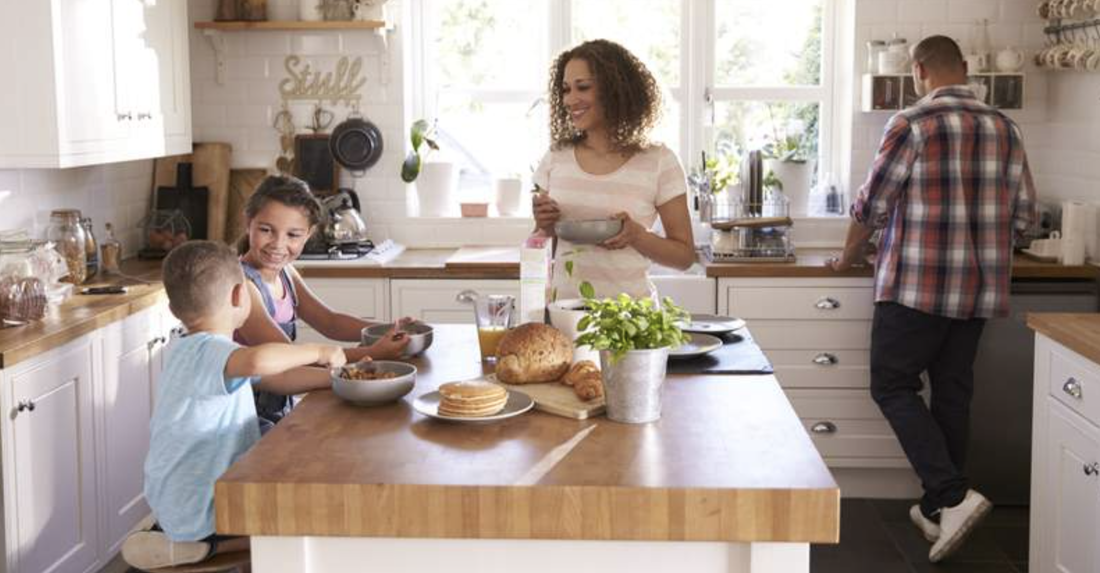
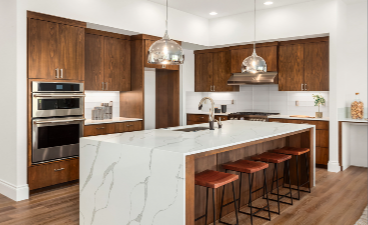
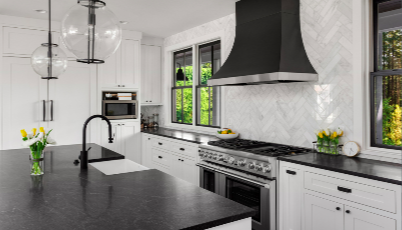
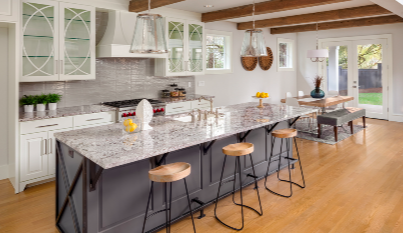
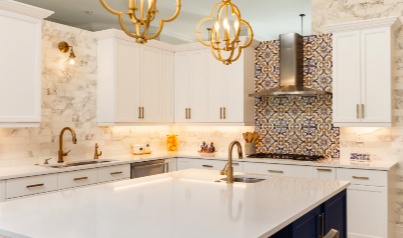
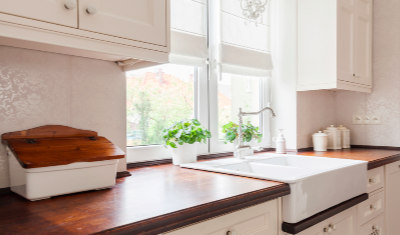












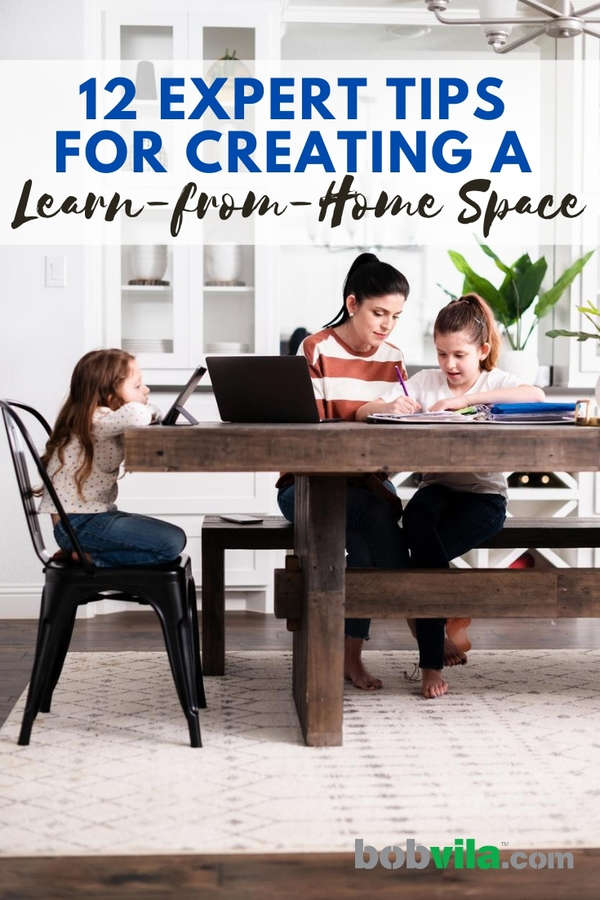


 RSS Feed
RSS Feed